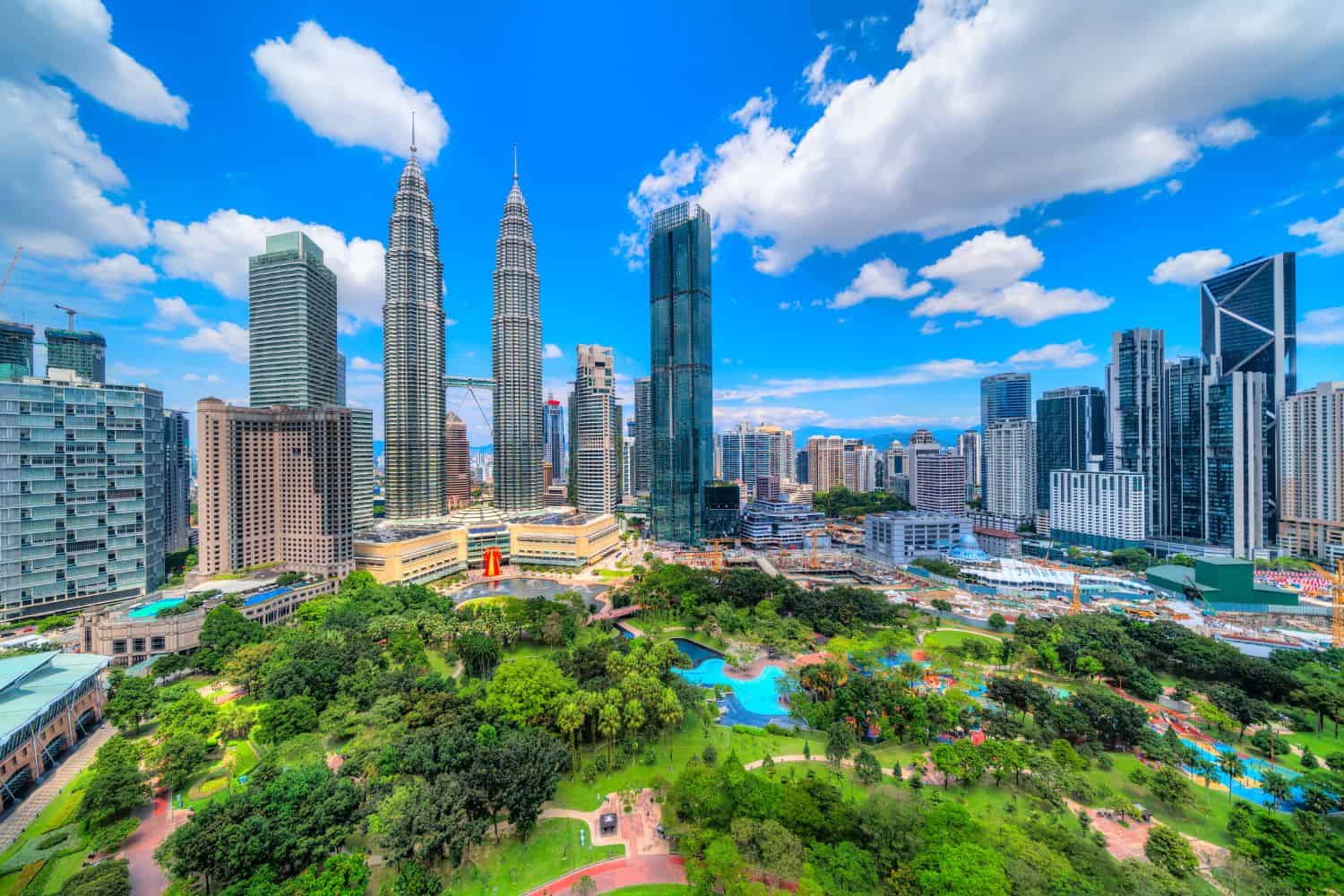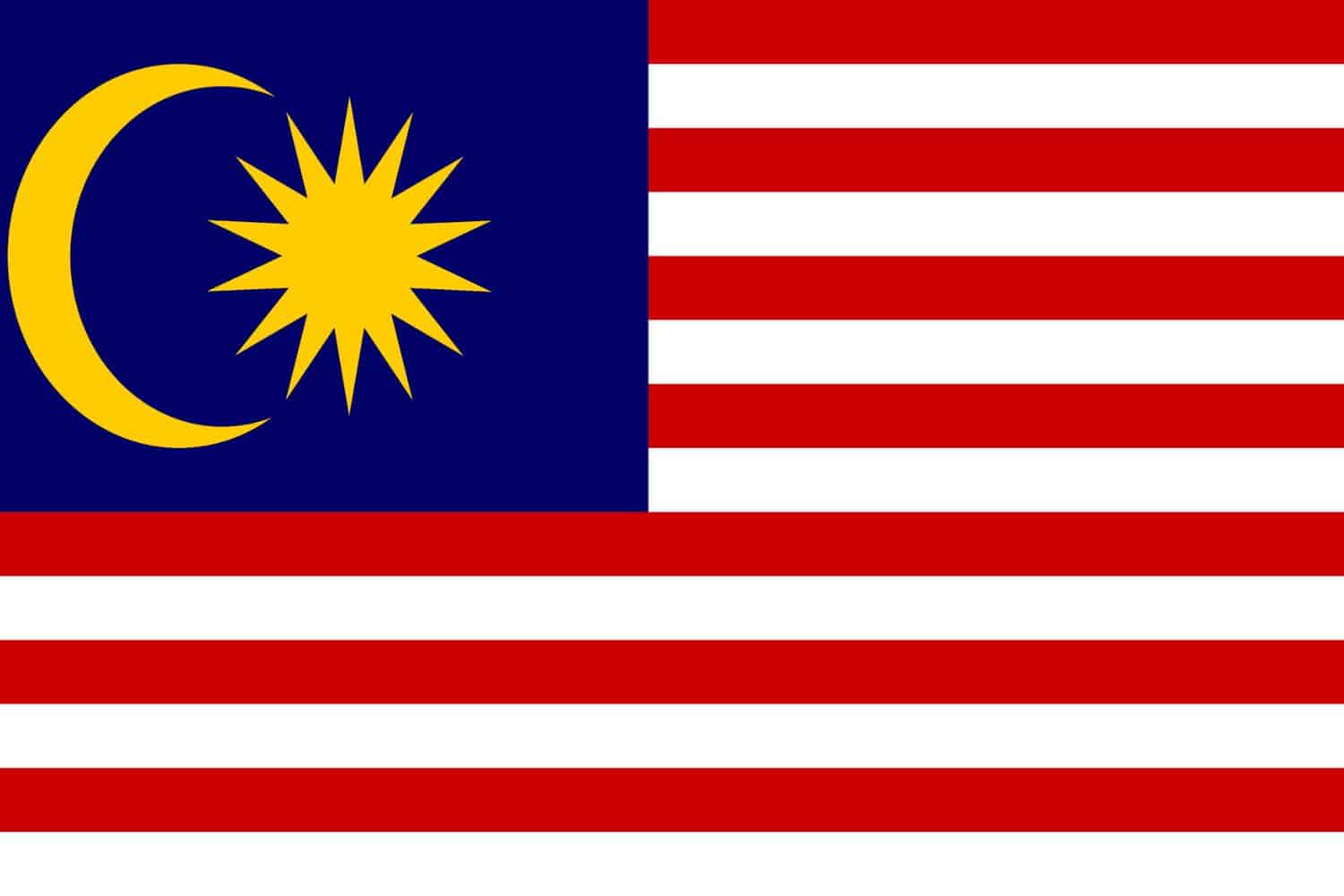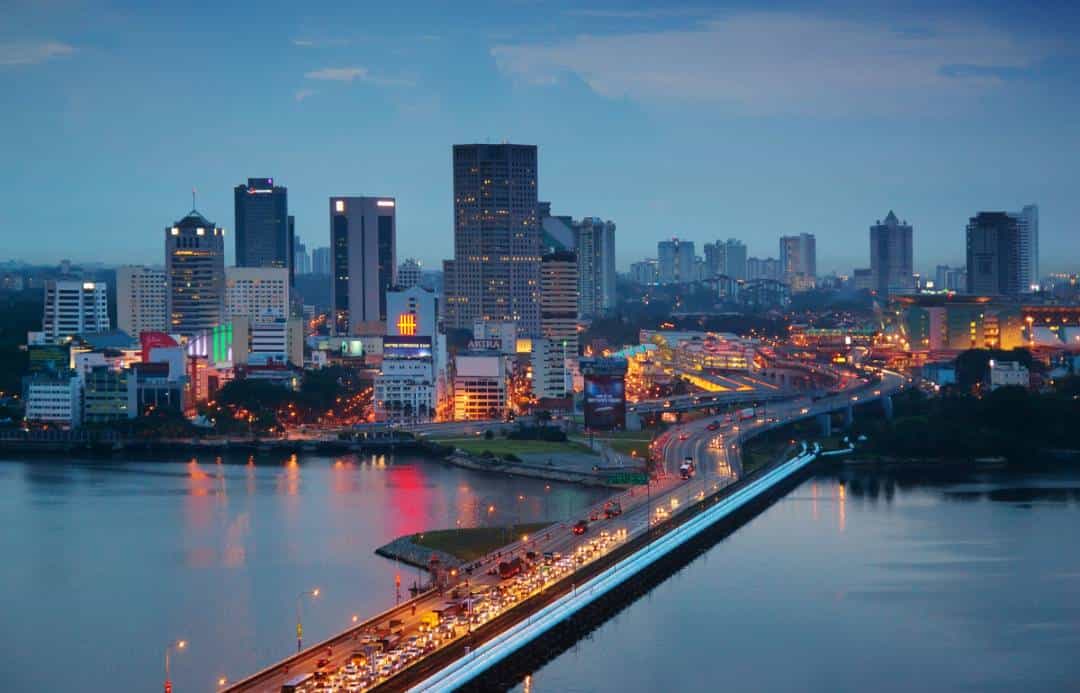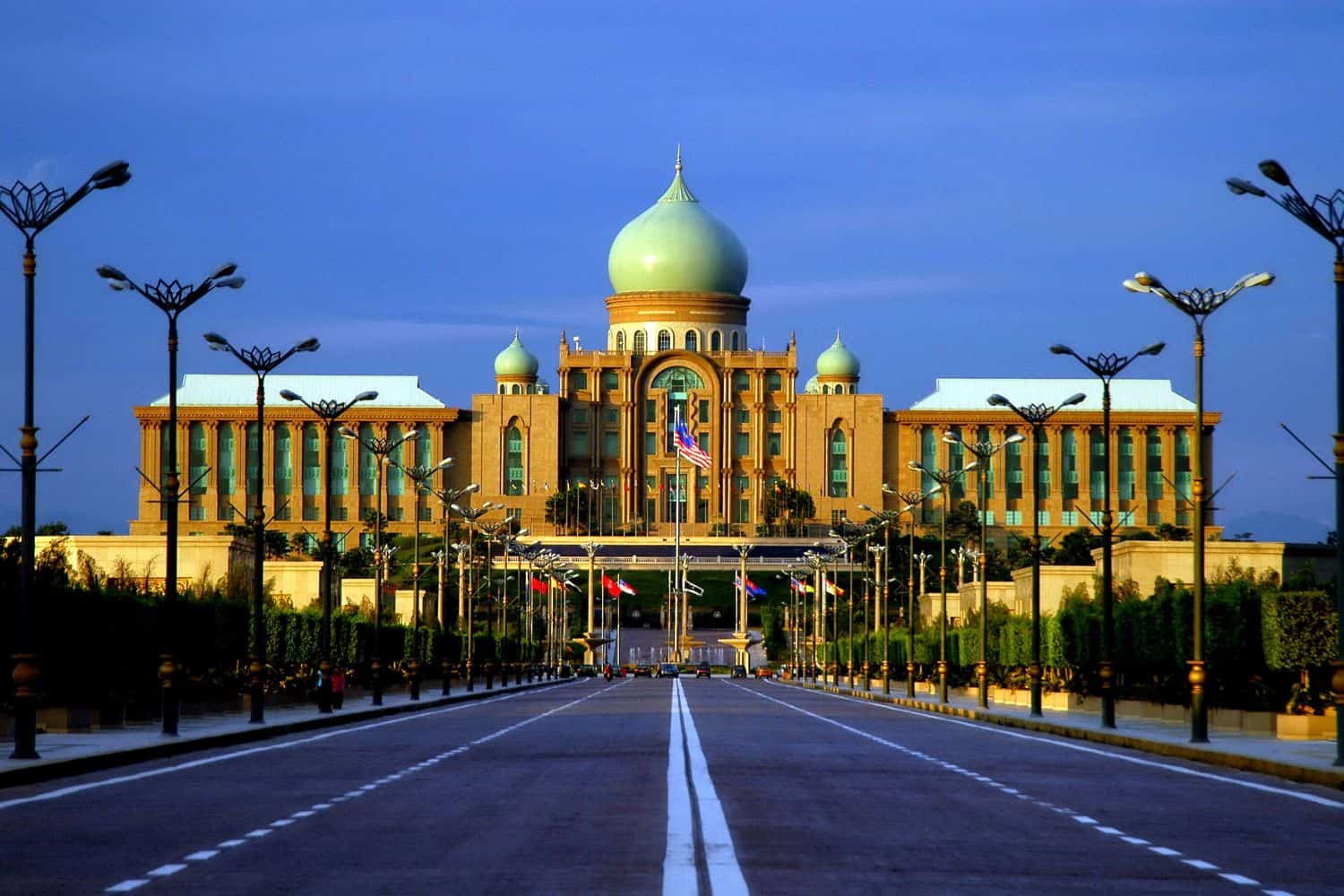Table of Contents
The geography of Malaysia is a captivating blend of diverse landscapes and historical significance. Situated in Southeast Asia, this nation’s geographic location has played a pivotal role in shaping its history and cultural identity.
Nestled between the South China Sea and the Straits of Malacca, Malaysia geography beckons adventurous travelers with its dense rainforests, majestic highlands, and pristine beaches. From exploring the towering peaks of Mount Kinabalu to uncovering the cultural tapestry of Kuala Lumpur, Malaysia’s diverse landscapes and rich history offer an unforgettable journey for intrepid tourists seeking a unique and enriching experience.
Malaysia physical geography paints a picture of awe-inspiring natural masterpieces. From the vibrant coral reefs of Sipadan Island, representing the nation’s rich marine heritage, to the diverse ecosystems that span from the mangrove swamps to the highland forests, Malaysia stands as a testament to nature’s grandeur.
Top Geographic Features of Malaysia
- Penang Island: Located on the northwest coast of the Malaysian Peninsula, this vibrant island is a blend of cultures, and is famous for its historic Georgetown, beautiful beaches, and scrumptious cuisine.
- Kinabatangan River: Malaysia’s second-longest river, the Kinabatangan winds through Sabah in Borneo, offering rich biodiversity, including proboscis monkeys, orangutans, and various bird species.
- Cameron Highlands: Situated in the central part of Peninsular Malaysia, these cool highlands are known for their tea plantations, strawberry farms, and beautiful rolling hills.
- Batu Caves: Located near Kuala Lumpur, these limestone caves house Hindu temples and are an important religious and tourist site.
- Mount Kinabalu: The highest peak in Southeast Asia, located in Sabah, Borneo, this mountain is a UNESCO World Heritage site and offers a unique botanical and biological biodiversity.
- Borneo Rainforests: These ancient rainforests, some of the oldest in the world, cover large parts of Malaysian Borneo and are home to diverse flora and fauna, including the endangered orangutans.
- Langkawi Archipelago: Situated off the northwest coast of Peninsular Malaysia, this group of islands is known for its stunning beaches, forested hills, and vibrant marine life.
- Taman Negara National Park: One of the world’s oldest rainforests, this park in Peninsular Malaysia offers rich biodiversity and adventure activities like canopy walks and river trips.
- Sipadan Island: Located off the eastern coast of Sabah, this island is renowned for its diving spots, boasting rich marine life, including turtles, sharks, and colorful corals.
- Mulu Caves: Part of the Gunung Mulu National Park in Sarawak, Borneo, these caves are among the largest and longest in the world, with unique limestone formations.
Malaysia geographic features play a crucial role in shaping Malaysia’s landscape, climate, and cultural history, making them essential elements in defining the country’s geography.
Malaysia Geography
Exploring the Malaysia National Geographic canvas reveals an astounding array of geographic features. From the majestic Mount Kinabalu to the lush rainforests of Borneo and the serene beaches of Langkawi, the country unfolds a mesmerizing tapestry of natural wonders.
- Mountain Ranges – The Crown of Diversity: Much like documentaries that highlight towering mountain ranges, Malaysia is proud of Mount Kinabalu in Sabah. These magnificent heights not only contribute to the country’s scenic beauty but also harbor unique biodiversity and have molded its cultural identity.
- Lakes – A Kaleidoscope of Colors: Malaysia’s Kenyir Lake, with its breathtaking freshwater expanses, evokes images akin to picturesque landscapes seen in photographs. These pristine lakes, surrounded by forests and hills, reflect the region’s geological richness.
- Rainforests – Dense Canopies of Life: Just as documentaries spotlight vast landscapes, Malaysia’s rainforests present dense green expanses teeming with life. This biodiverse region narrates tales of indigenous traditions and the nation’s ecological treasures.
- Historical Sites – Unveiling the Past: Malaysia’s historical sites, like the ancient ruins of Lembah Bujang, bring forth memories of expeditions revealing age-old civilizations. These remnants bear witness to the nation’s rich heritage.
- Ethnic Diversity – A Cultural Melting Pot: Aligning with National Geographic’s emphasis on varied cultures, Malaysia is a blend of ethnic groups, including Malays, Chinese, Indians, and indigenous tribes. Each community offers unique traditions, languages, and customs, crafting a dynamic cultural mosaic.
- Wildlife – A Sanctuary for Nature: Malaysia’s conservation areas, such as Taman Negara, parallel the emphasis on wildlife protection. These regions provide essential habitats for an array of species, conserving biodiversity in a multifaceted environment.
- Geological Marvels – A Natural Showcase: The country’s geological wonders, like the Batu Caves, exhibit Malaysia’s natural allure amidst its varied topography. These formations signify the dynamic interplay of natural forces.
- Remote Exploration – Uncharted Territories: The remote and untouched parts of Borneo invite explorers, reminiscent of voyages into uncharted lands. This vast area provides a window into pristine landscapes and unparalleled ecosystems.
Malaysia geographic attributes are highlighted by the presence of its diversified terrains. The towering peaks of Borneo, along with the Peninsular regions, form a remarkable setting for the country’s varied landscapes. The historic Silk Road, a crucial trade link, connected parts of Southeast Asia through Malaysia’s strategic location.
Meandering gracefully across the Malaysian landscape are its life-sustaining rivers, like the Kinabatangan and the Pahang River, essential for agriculture and sustenance. Moreover, the vast rainforests and mangrove swamps enrich Malaysia’s distinctive geography.
Malaysia Geographic Location
Malaysia geographic location is very strategic, and its position has played a significant role throughout history. Located in Southeast Asia, the country has been a nexus for trade, culture, and ideas, emphasizing its historical importance.
Borders of Malaysia
Malaysia shares borders with two countries. Here is Malaysia physical geography with the neighboring countries and the approximate total length of each border:
- Thailand: The border between Malaysia and Thailand is approximately 506 kilometers long, making it the longest international border for Malaysia.
- Indonesia (on the island of Borneo): The border between Malaysia (East Malaysia) and Indonesia (Kalimantan) on the island of Borneo is approximately 1,881 kilometers long.
| Malaysia Neighboring Country | Border Length (Approximate) |
|---|---|
| Thailand | 506 kilometers |
| Indonesia (on the island of Borneo) | 1,881 kilometers |
These international borders define Malaysia’s connections to different regions and contribute to the country’s geopolitical significance as a crossroads between the mainland of Southeast Asia and the islands of the archipelago.
Geography of Kuala Lumpur Malaysia
As the capital city of Malaysia, Kuala Lumpur is a captivating microcosm of the country’s human geography. Here, various ethnic groups, including Malays, Chinese, Indians, and indigenous peoples, coexist, contributing to the city’s vibrant cultural tapestry.
Kuala Lumpur, the capital city of Malaysia
- City of Contrasts: Kuala Lumpur is known for its stark contrasts, where modern skyscrapers coexist with traditional kampongs, creating a unique blend of old and new.
- Klang and Gombak Rivers: The confluence of the Klang and Gombak Rivers is where Kuala Lumpur originated, playing a significant role in its trade and transportation.
- Kuala Lumpur’s Elevation: The city is slightly elevated, surrounded by rainforest-covered hills and valleys.
- Green Spaces: Kuala Lumpur is home to several beautiful parks and gardens, including the Kuala Lumpur Bird Park, offering a serene escape amidst the bustling city.
- Kuala Lumpur’s Historical Significance: With a history deeply rooted in tin mining, Kuala Lumpur has witnessed various epochs and played a pivotal role in Southeast Asian politics and trade.
- Diverse Architecture: The city showcases a diverse architectural heritage, reflecting influences from Malay, Chinese, Indian, and colonial styles.
- Cultural Dance: Kuala Lumpur is a hub for various cultural dances and music from different ethnic groups, visible and audible throughout the city.
- Petronas Twin Towers: The iconic Petronas Twin Towers, located in the heart of the city, stand as a testament to Malaysia’s rapid modern development.
- Kuala Lumpur’s Economy: The city serves as Malaysia’s economic and cultural hub, attracting people from all over the country seeking opportunities and education.
- Population Growth: Kuala Lumpur has experienced steady population growth, with a significant influx of immigrants from various countries, leading to urbanization and infrastructure challenges.
Historical Geographical Importance of Malaysia
Throughout the ages, Malaysia’s geographical significance has made it a central stage for historical encounters. As empires and nations evolved, from the ancient Malay kingdoms to British colonial rule and the varied Southeast Asian cultures, Malaysia’s strategic position played a critical role in shaping regional history.
- Strategic Gateway: Malaysia geographic location as a nexus between the Indian Ocean and the South China Sea has established it as a crucial hub for trade, cultural exchange, and military maneuvers throughout the ages.
- Ancient Trade Routes: Historic trade routes, notably the Spice Route, traversed Malaysia, linking diverse nations and enabling the exchange of goods, philosophies, and customs.
- British Colonial Era: Malaysia became a pivotal territory during the period of British colonization, with its abundance of resources and strategic position driving its historical significance.
- Fight for Independence: In the mid-20th century, Malaysia emerged as a key battleground for independence, with local leaders striving against colonial rule.
- Wave of Immigration: Malaysia’s position drew a significant influx of Chinese, Indian, and Indonesian immigrants, leaving an indelible mark on its demographics and culture.
- Influence of Indigenous Empires: Malaysia was home to a rich tapestry of indigenous cultures, such as the Orang Asli, influencing its foundational history and traditions.
- Colonial Encounters: The European and regional powers’ influence from the 15th century onwards significantly impacted Malaysia’s evolution, melding diverse cultures and traditions.
- Tropical Rainforests and Cultural Symbols: Malaysia’s verdant rainforests, alongside icons like the kris and the sarong, have become emblematic of the nation’s cultural and historical persona.
- Legacy of Multiculturalism: Malaysia’s crossroads status birthed a fusion of traditions, resulting in culinary, artistic, and architectural marvels, like the globally recognized Penang cuisine.
The geographical position of Malaysia is a vibrant mosaic of cultural and natural beauty. With its enchanting islands, lush rainforests, and rich cultural heritage, this Southeast Asian nation captivates the hearts of visitors. Strategically located at the crossroads of major maritime trade routes, Malaysia’s diverse landscapes range from the bustling urban centers of Kuala Lumpur to the serene beaches of Langkawi.
Malaysia’s geographical significance has been instrumental in shaping its history and identity. The country has been a melting pot of various cultures and civilizations, evident in its architecture, cuisine, and festivals. This strategic position not only contributed to its economic growth but also to the diverse cultural tapestry that makes Malaysia a unique and compelling destination. Today, Malaysia continues to play a significant role in regional geopolitics and global economic networks, drawing travelers who seek a blend of modern dynamism and traditional charm.




